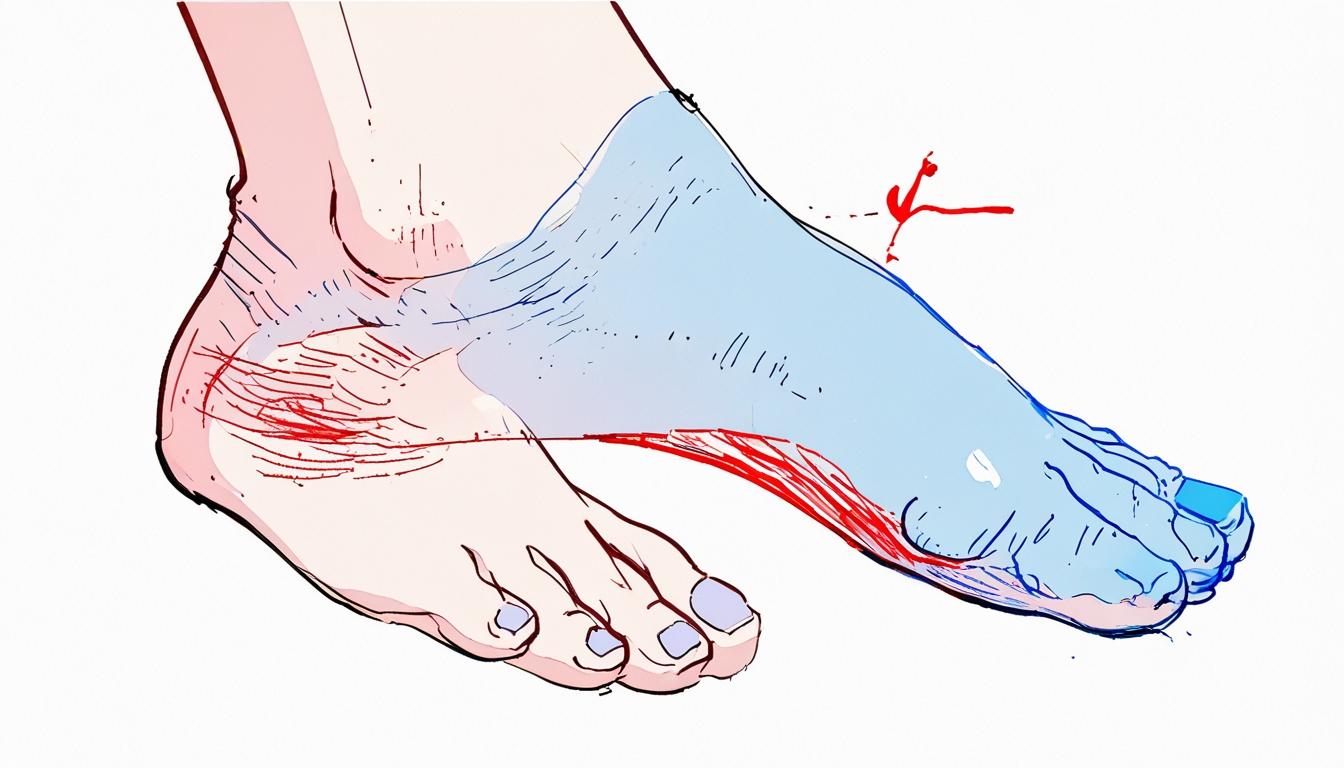Experts have issued warnings regarding lesser-known symptoms of cardiovascular disease that could manifest in the feet, emphasising the importance of recognising these signs for timely treatment. Cardiovascular disease remains a leading cause of mortality in the UK and globally, with nearly 18 million deaths attributed to it each year, encompassing conditions that affect the heart and circulatory system such as strokes, coronary heart disease, and heart failure.
The American Academy of Dermatology (AAD) has identified three specific symptoms that individuals should be vigilant about, as they may indicate potential heart issues: painful lumps on the toes, swelling in the feet, and blue toes.
Painful lumps on the toes, known as Osler nodes, can occur in the context of a heart infection called infective endocarditis. The AAD notes that these lumps may develop in both the fingers and toes, lasting from a few hours to several days. While the lumps may resolve independently, underlying infections require medical attention and can often be treated effectively with antibiotics. In some cases, surgical intervention may also be necessary.
Swelling in the feet, referred to medically as oedema, can signify that the heart is not functioning properly. According to the AAD, various heart diseases can cause fluid to accumulate in the feet, ankles, and legs, resulting in visible swelling that may worsen as the day progresses, contrasting with a potential reduction in symptoms in the morning.
Another alarming symptom to be aware of is the presence of blue toes, which may indicate a blockage in a blood vessel. The AAD explains that if an area of skin appears blue or purple when the body is warm, it signals insufficient oxygenation of the blood. This condition, known as blue toe syndrome, can lead to serious complications if not addressed, as prolonged lack of oxygen may result in tissue death.
Commonly recognized symptoms of heart disease include chest pain, shortness of breath, discomfort in the neck, shoulders, jaw, or arms, feelings of faintness, and nausea. Individuals experiencing any of these symptoms are advised to consult their GP, while those with sudden or severe symptoms should seek urgent medical assistance by calling emergency services or visiting the nearest accident and emergency department.
The information highlights the critical importance of awareness regarding these uncommon symptoms, as early detection and treatment can be vital in preventing severe health consequences.
Source: Noah Wire Services
